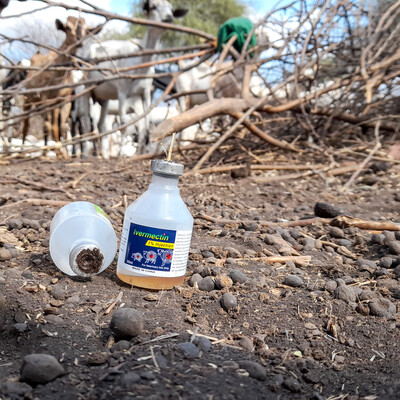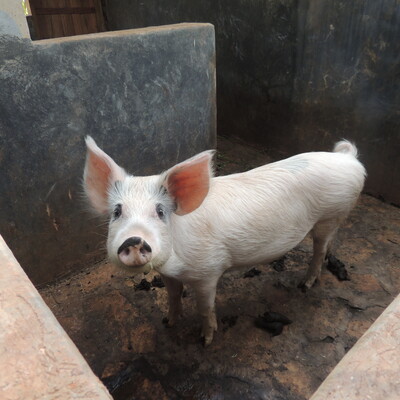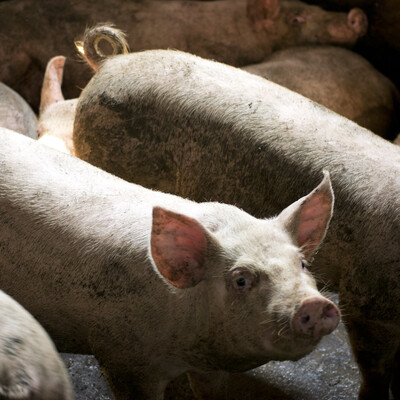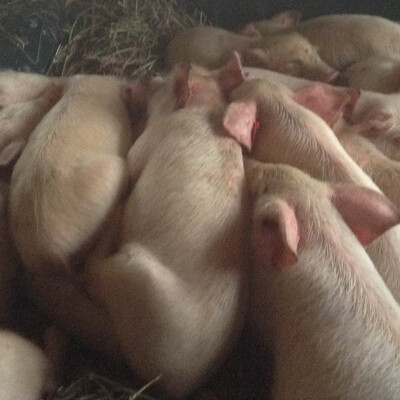
Adoption and scaling up of improved livestock production systems in Zimbabwe (LIPS-Zim)
LIPS-Zim aims to improve agricultural productivity in Zimbabwe’s semi-arid agro-ecological regions IV and V by increasing adoption of climate-smart innovations in livestock-based production systems and improving surveillance and control of livestock diseases.
Livestock provides income and employment to farmers, agricultural service providers and others involved in the value chain. Zimbabwe’s livestock production system is characterized by small-scale subsistence farming. Despite the importance of livestock to rural livelihoods, productivity remains low. This is linked to farmer behaviour, feed unavailability and cost, poor quality of animals, diseases, and frequent droughts.
Climate-smart livestock production practices such as fodder management and conservation, water harvesting, and manure management have been identified as solutions to increasing productivity in Zimbabwe's agro-ecological zones IV and V. However, the adoption rate is low due to lack of government understanding of farmers' challenges due to lack of evidence on production systems, packaging of technologies that are costly and less relevant, failure to involve farmers from the initial stage of developing technologies, and weak farmer-extension services.
Tick-borne diseases are causing high cattle mortalities due to lack of repairs to communally owned dip tanks and lack of regular supply of acaricide. There is a lack of efficient control and monitoring of animal diseases and poor veterinary service delivery (disease surveillance and vaccination coverage). Animal health management, improved breeds and improved feed have been idenitified by previous projects as pathways to enhancing resilience.
LIPS-Zim is researching on the technologies and models to increase the adoption of business-oriented and climate-smart feeding practices, adaptive breeds and animal management practices (stocking rates) that impact on livestock production. It is also researching on the epidemiology of diseases and efficient controlling mechanisms.
The project specifically works in Zimbabwe's Matabeleland South (Beitbridge and Gwanda districts), Matabeleland North (Binga, Hwange and Nkayi districts), Midlands (Gokwe North district), Masvingo (Chiredzi district), Manicaland (Buhera district) and Mashonaland East (Mutoko district) provinces.
Objectives
- Increase the adoption of climate relevant innovations (e.g. feeding) in livestock-based production systems.
- Improve the surveillance and control of livestock diseases.
- Strengthen policy support for feed and forage value-chains and sustainable active participation of local communities in disease surveillance and early response.


















